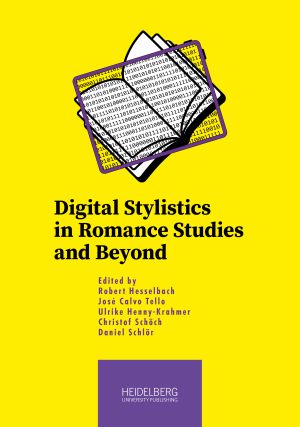Zitationsvorschlag
Lizenz (Kapitel)

Dieses Werk steht unter der Lizenz Creative Commons Namensnennung - Weitergabe unter gleichen Bedingungen 4.0 International.
Identifier (Buch)
Veröffentlicht
Applying General Impostors Method to the Ferrante Case
Abstract Elena Ferrante is the nome de plume of an anonymous writer who is highly successful on the international stage and whose success far exceeds that of other authors of contemporary Italian literature. In this study, we approach Ferrante’s authorship investigation as a verification problem since we cannot be sure whether the real author behind Ferrante’s pseudonym is among the candidates we have considered in previous studies. For this reason, we applied the General Impostors (GI) method using the Cosine Delta distance in both a corpus of 150 novels written by 40 authors (39 candidates and Elena Ferrante) and a non-literary corpus of 113 texts signed by 14 different entities (12 authors, a collective author, and Elena Ferrante). In the literary corpus, Starnone emerged as the most likely author of Ferrante’s novels. Results were quite different in the second case: Starnone was not the only possible author since, in many non-literary texts, Raja, Martone as well as the E/O publishing house staff and publishers, seem to have authorial contributions. The GI method not only confirmed previous results but also improved our knowledge of this case since it provides a measure of the attribution strength.
Keywords: Ferrante, authorship verification, stylometry, General Impostors method






